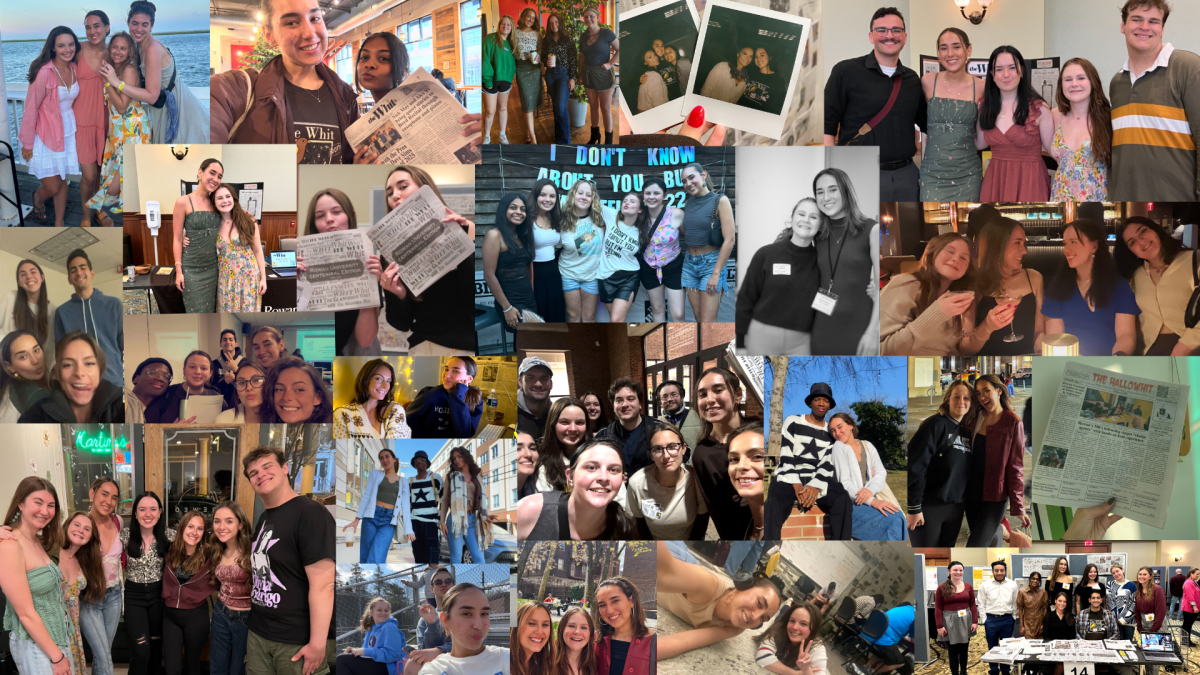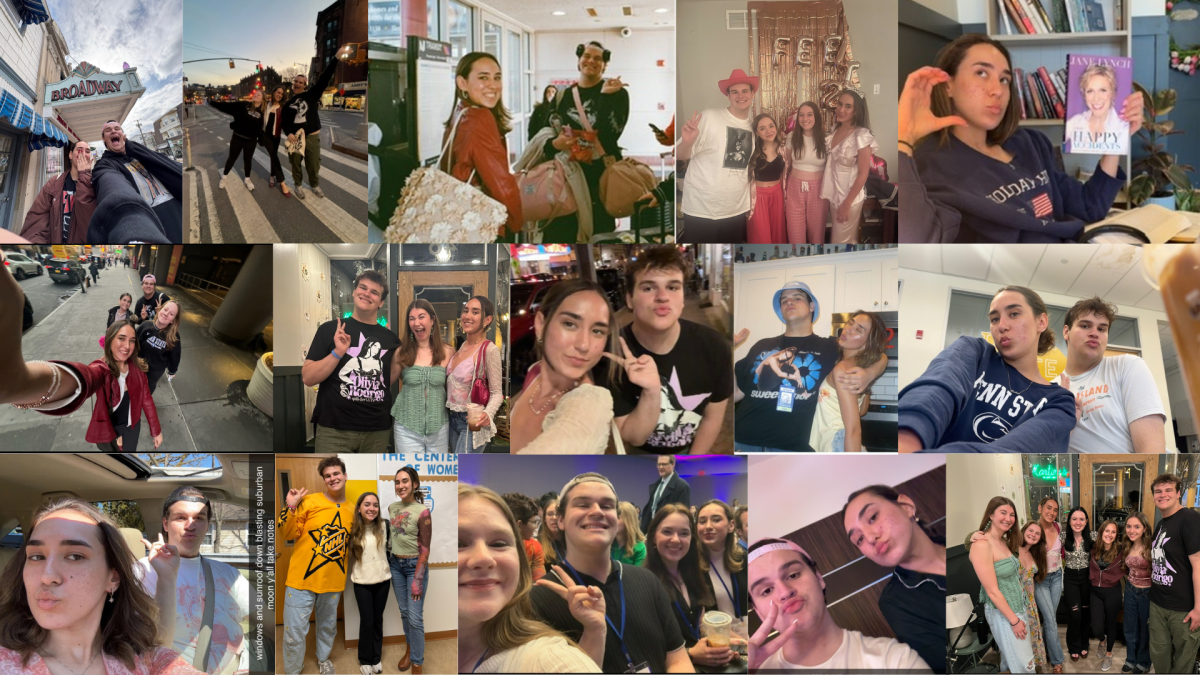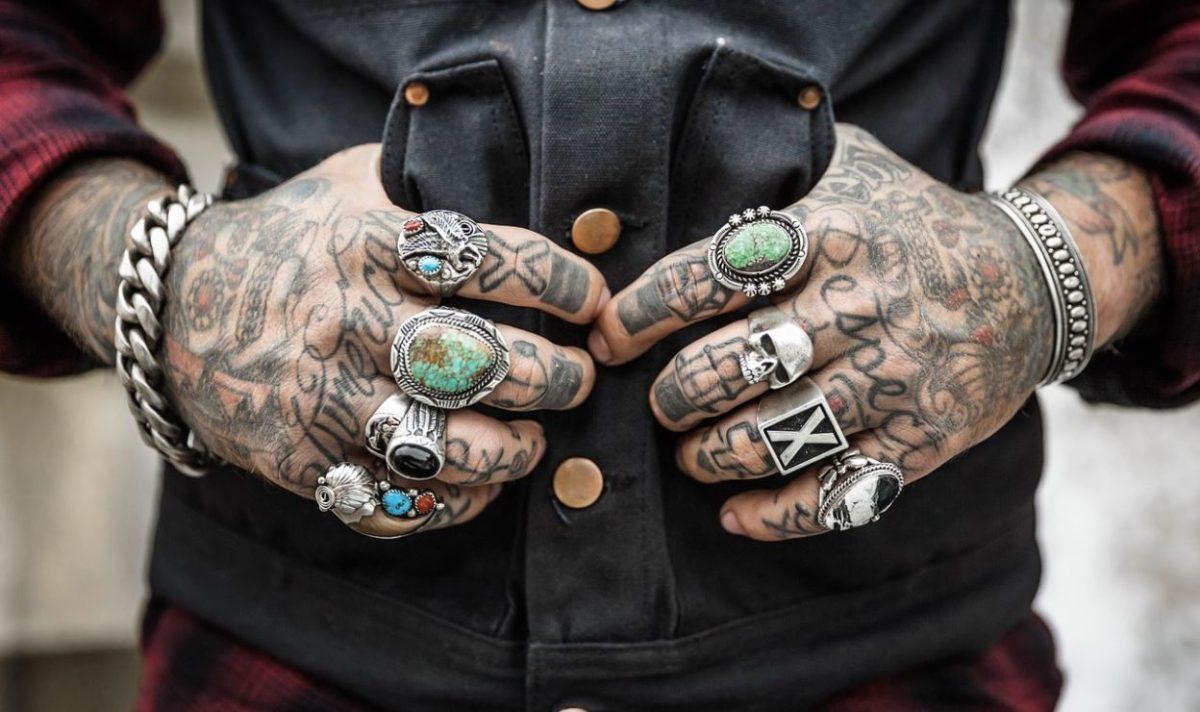I laid in the cheap, leather lounge chair with sweaty palms and rosy cheeks, wincing at every pinch of pain that the tattoo gun shot. Only one thought was running around in my mind:
“Will I be able to get a job with this tattoo?”
The tattoo itself was much larger than I expected, but it was too late. I was committed.
My main concern, as well as my parents’, was being denied a job for a visible tattoo. I’ve heard too many stories about friends and family not being offered a job opportunity simply because of their ink.
However, I’d like to be optimistic and believe that society has evolved in their acceptance of tattoos. We’ve corrected the stigma that tattooed people are less professional or less educated than others.
Tattoos in the 1960s and 1970s were rarely seen in the general public. Mainly sailors, prisoners, motorcyclists and gangsters were known for having tattoos.
By the ‘80s and ‘90s, tattoos and piercings became slightly more common. But it wasn’t until the late 1990’s and early 2000’s that tattoos became more widely accepted, as the public began to see them on TV and in magazines.
Tattoos are still on the rise. But if they’re continuing to become more popular, why do they still hinder one’s professional career?
There could be shame and discomfort in showing tattoos in the work field, because we might fear that we’ll be looked down upon or viewed as less educated and serious than our tattoo-less coworkers.
A 2014 Workopolis survey of 5,000 respondents showed that 51% of people take tattooed people less seriously than non-tattooed people, leaving only 49% with no prejudiced thoughts toward the tattooed.
Tattoo disrcimation is real, and research conducted by the National Digest has shown that women with tattoos are more likely to be discriminated against than men with tattoos. Age also plays a role in tattoo discrimination. According to a study by Salary.com, 63% of respondents that were above the age of 60 viewed tattoos as unfit within a workplace setting.
However, with 46% of the U.S. population having at least one tattoo, it is clear that fear of disapproval isn’t scaring too many people into stopping their ink expeditions.
A recent survey conducted by Statistica in 2019 claimed that 35% percent of respondents had at least one tattoo, while 19% stated they have 2-3 tattoos. 16% responded with having 6-10 tattoos, and 9% with 11-20 tattoos.
There is also a correlation between the acceptability of visible tattoos and certain careers. Different professions have different standards when it comes to tattoos, so the placement and number of tattoos you acquire could depend on what you are pursuing in your professional life.
According to a study conducted by Statista, 37% of the surveyed claimed that it is not okay for doctors or nurses to have tattoos. Waiters and servers with tattoos were more acceptable, according to 70% of respondents.
According to Moderngentleman.net, “Head, face and neck tattoos are forbidden in all branches of the military,” however, as of 2021, “The military is shifting towards tattoo acceptance.”
If the most strict and professional occupations, such as the military, could be changing their attitudes toward tattoos, then hopefully other workplaces can too.
Until tattoos are fully accepted in the work field, college students should be cautious with the placement of their tattoos.
Tattoos placed on the foot, chest, rib cage, or even the inside of your lips are easy-to-hide spots that you can take advantage of in the meantime.
My latest tattoo is my only visible one. I understand the need for a company to remain professional and orderly with its staff, but do not let a career stop you from getting a tattoo that you truly wish to have — just be mindful of its placement.
For comments/questions about this story, tweet @TheWhitOnline or email [email protected]

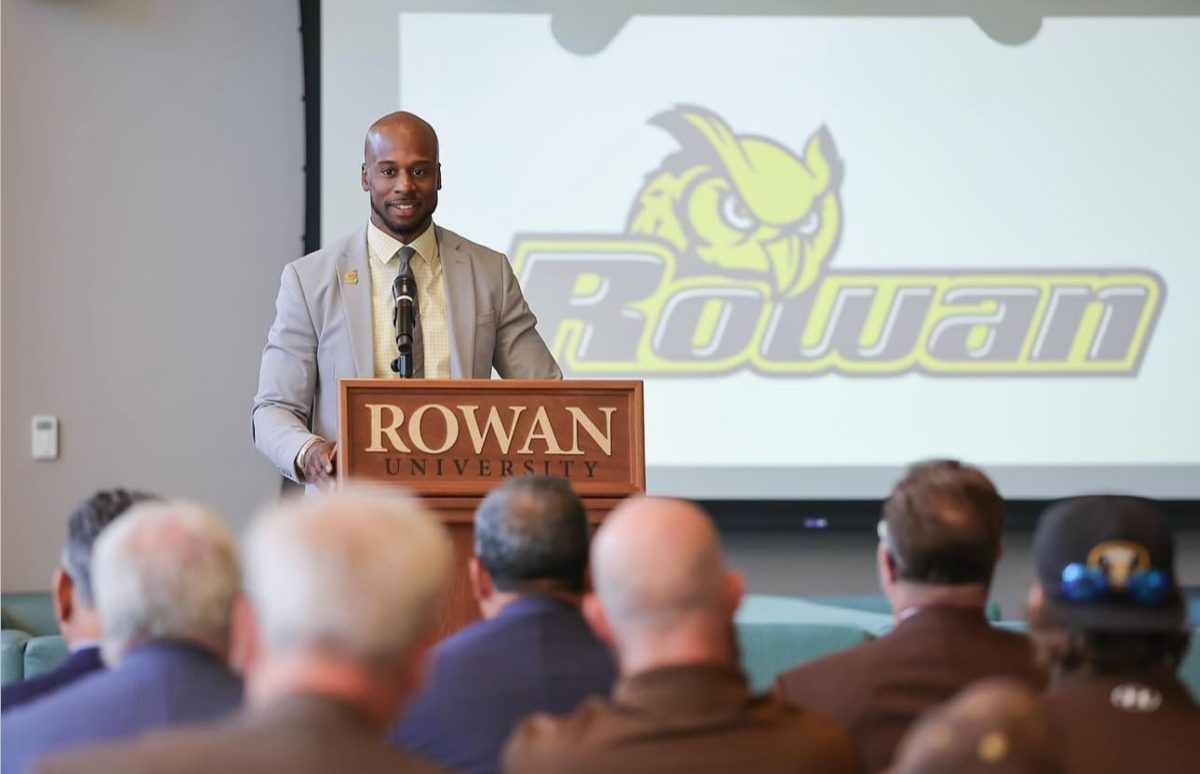


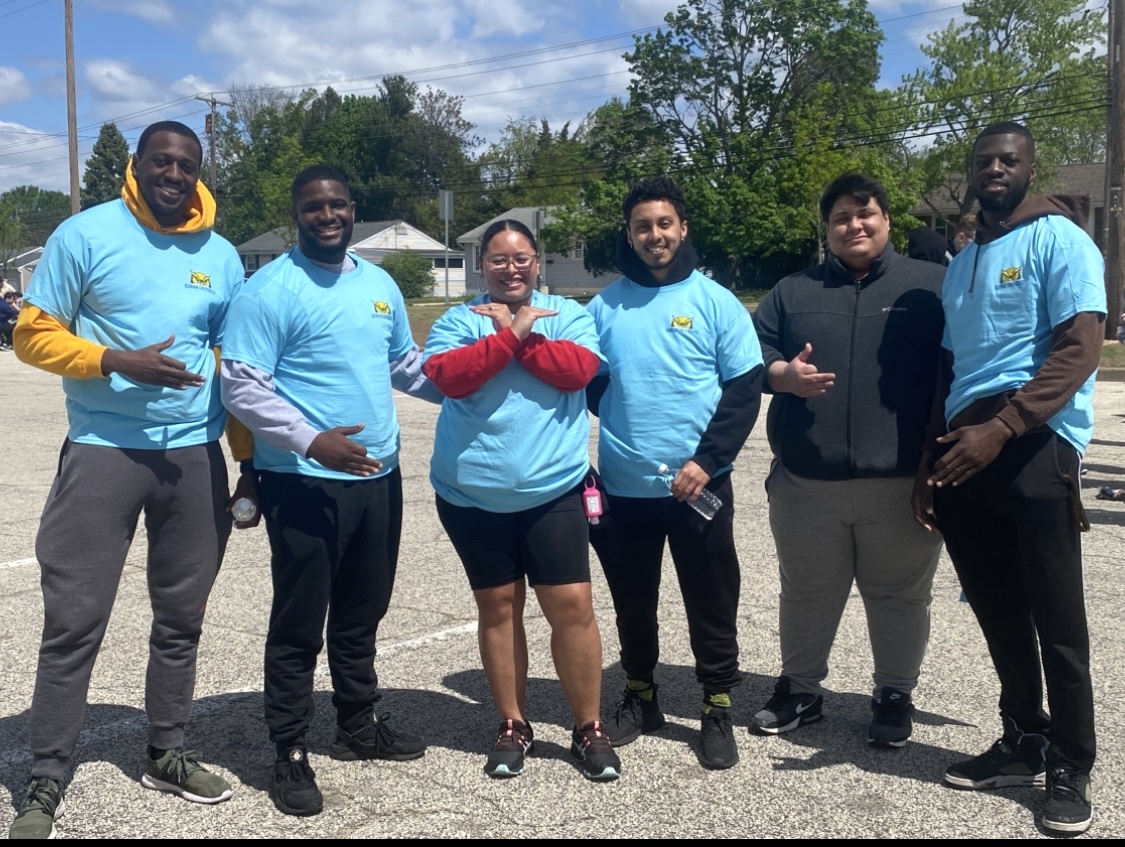


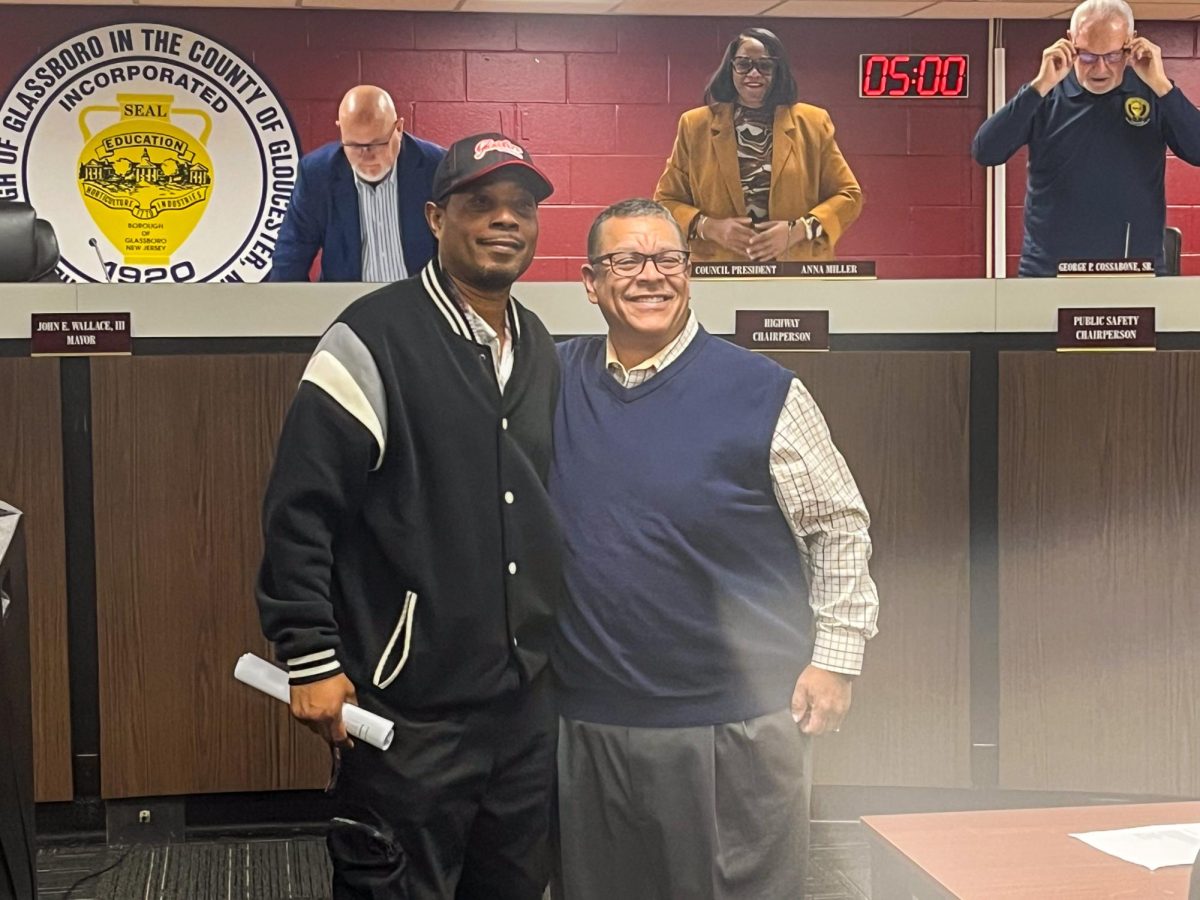












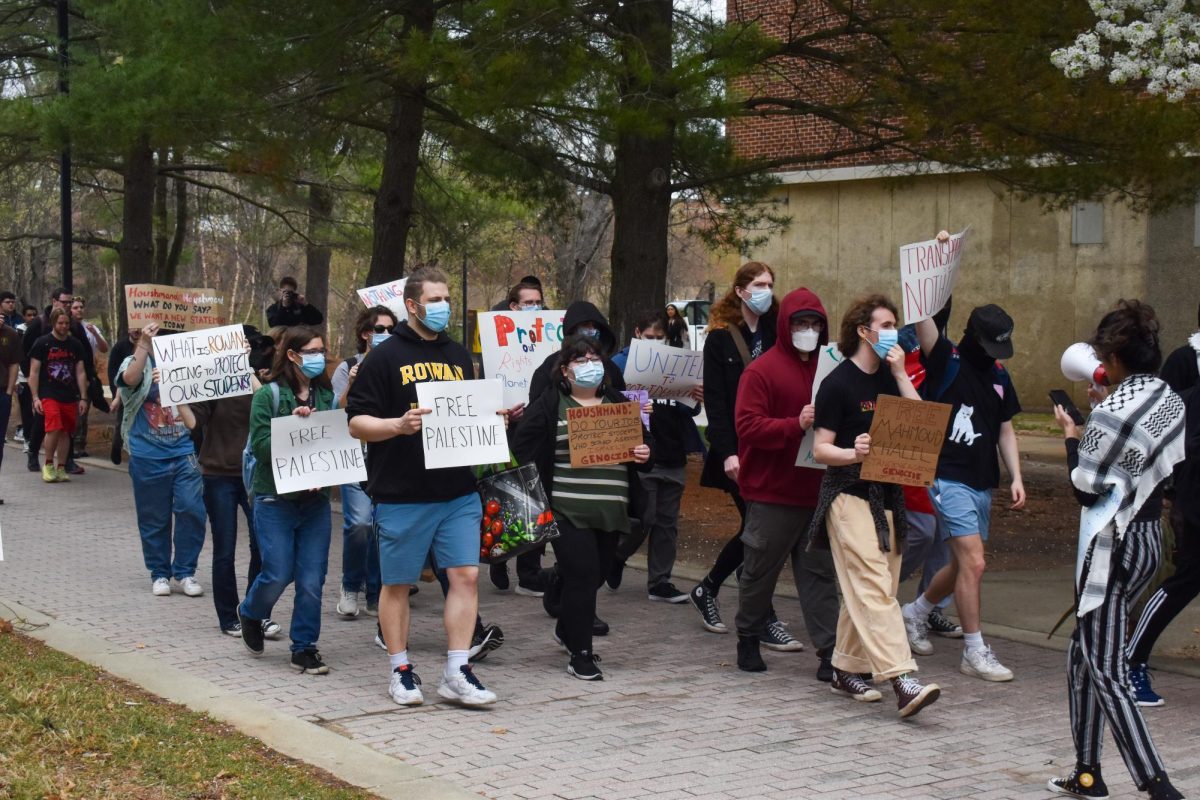





































































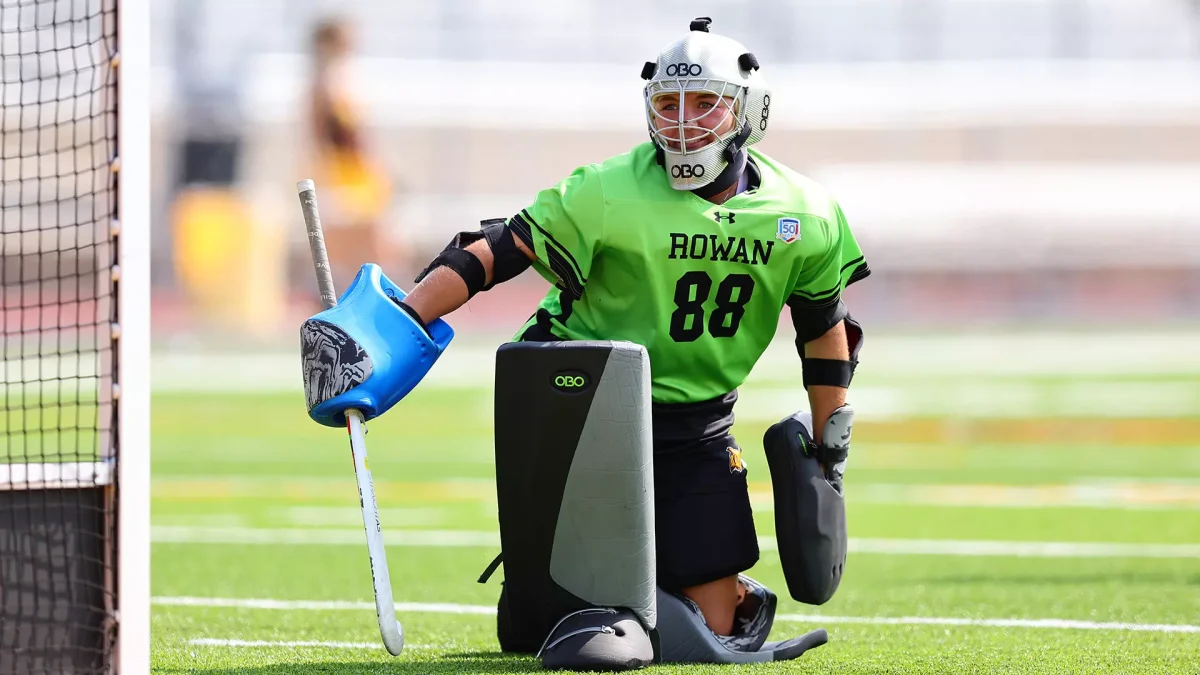


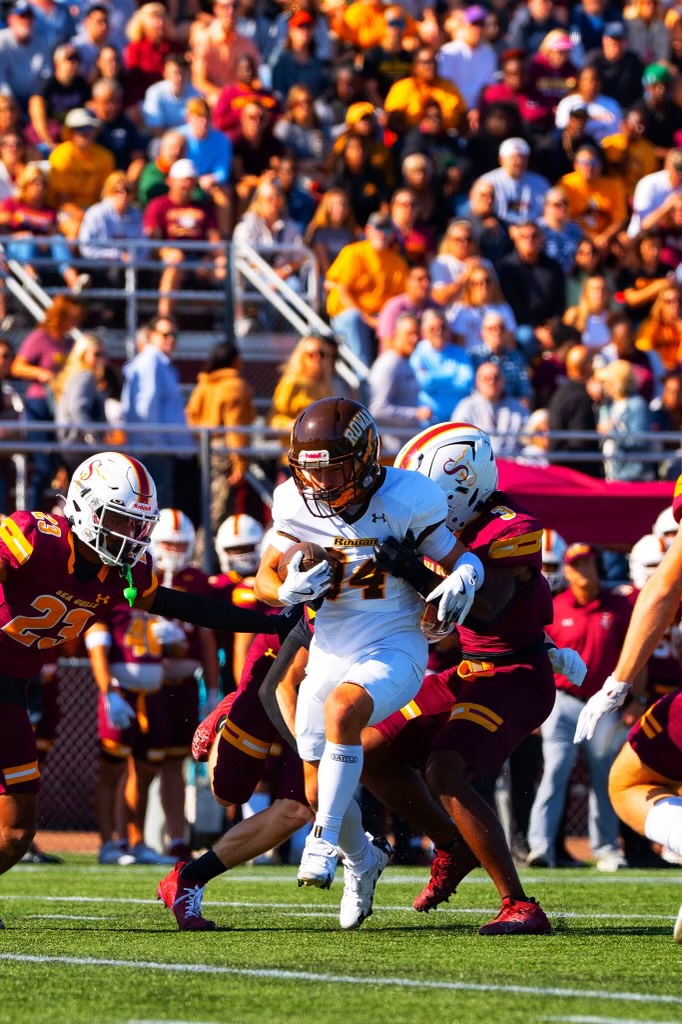



































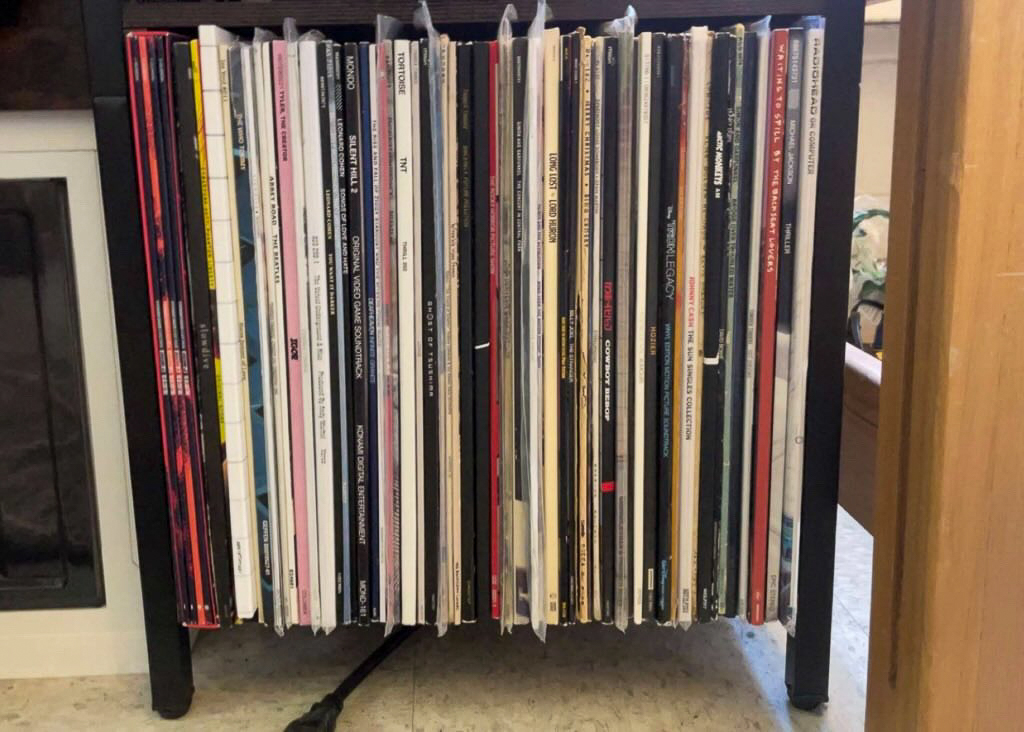























!["Working with [Dr. Lynch] is always a learning experience for me. She is a treasure,” said Thomas. - Staff Writer / Kacie Scibilia](https://thewhitonline.com/wp-content/uploads/2025/04/choir-1-1200x694.jpg)

















